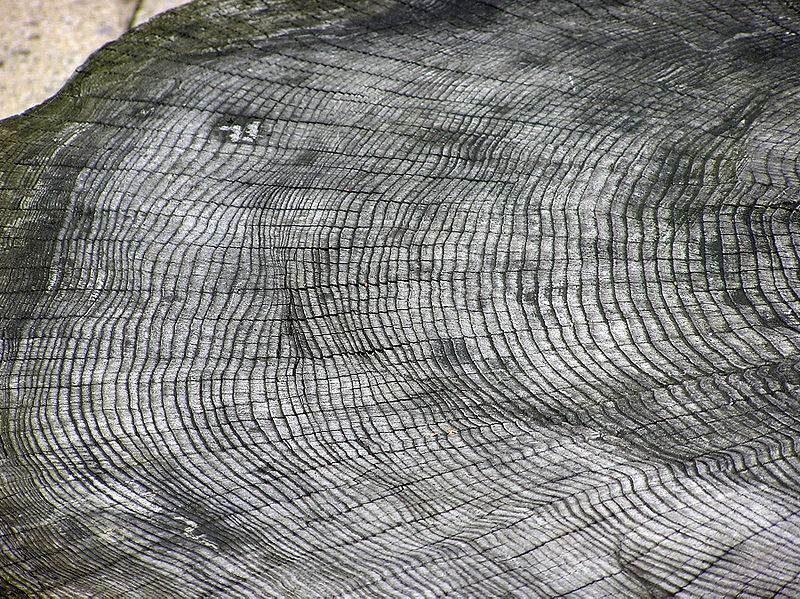

| Visitors Now: | |
| Total Visits: | |
| Total Stories: |

| Story Views | |
| Now: | |
| Last Hour: | |
| Last 24 Hours: | |
| Total: | |
Earth Blasted By Mystery Cosmic Rays In 775

The only known events that can produce a 14C spike are floods of γ-rays from supernova explosions or proton storms from giant solar flares. But neither seems likely, Miyake says, because each should have been large enough to have had other effects that would have been observed at the time.
Gamma-rays detected by Fermi's LAT show that the remnant of Tycho's supernova shines in the highest-energy form of light. In early November 1572, observers on Earth witnessed the appearance of a "new star" in the constellation Cassiopeia, an event now recognized as the brightest naked-eye supernova in more than 400 years. It's often called "Tycho's supernova" after the great Danish astronomer Tycho Brahe, who gained renown for his extensive study of the object. Now, years of data collected by NASA's Fermi Gamma-Ray Space Telescope reveal that the shattered star's remains shine in high-energy gamma rays.

The authors have ruled out solar flares as the cause because the 14C spike is around 20 times larger than expected from this solar activity. Likewise, the rapid increase in 14C is not consistent with a supernova explosion, and no such events have been recorded for this time.
A massive supernova, for example, should have been bright enough to produce a 'new' star visible even in the daytime, as was the case for two known supernovae in ad 1006 and ad 1054. Such an explosion would have needed to be brighter than either of these, Miyake says, because those events were not large enough to leave traces in the 14C record.
It is possible, he says, that the proposed event might have occurred in the far southern skies, where astronomers of the era wouldn't have seen it. But still, he says, if it did happen, today's X-ray and radio astronomers should have found signs of a "tremendously bright" remnant of the explosion.
But Miyake’s team say that the cosmic whack of 774-775 cannot be attributed to the Schwabe cycle or solar cycle of the time—and it is far bigger than any known flare from the Sun. The solar cycle (or solar magnetic activity cycle) has a period of about 11 years. The cycle is observed by counting the frequency and placement of sunspots visible on the Sun. Solar variation causes changes in space weather and to some degree weather and climate on Earth. It causes a periodic change in the amount of irradiation from the Sun that is experienced on Earth.The other possibility is a supernova, or a star that explodes at the end of its life in a welter of gamma radiation.
But there is no documented record in the northern hemisphere of a supernova at around 775.
Recent surveys of cosmic radiation show that, at this time, there were the remains of two nearby supernovae called Cassiopeia A and Vela Jr.

But they were probably too far away or not powerful enough to be responsible for the carbon-14 burst on Earth.
“With our present knowledge, we cannot specify the cause of this event,” Miyake admits.
“However, we can say that an extremely energetic event occurred around our space environment in AD 775 … (but) neither a solar flare nor a local supernova is likely to have been responsible.”
The team is delving deeper into the mystery. They intend to fine-tune the search for the source by looking at telltale traces of beryllium and nitrate isotopes.
They also plan a wider search of historical documents to see if, 1,237 years ago, anyone noted a strange flare in the sky.
Contacts and sources:
Fusa Miyake
Citation: Miyake, F., Nagaya, K., Masuda, K. & Nakamura, T. Nature http://dx.doi.org/10.1038/nature11123(2012).
Read more at Nano Patents and Innovations
Source:




Wasn’t China in a mainly wet period? – that could explain the c14-flood thing or maybe they missed the supernovae due to the rain?
In Autumn of 692, there is a description of planetary behavior unaccounted for by modern standards. “On this night Mars and Jupiter approached and receded from one another four times in the room of one pace, alternately shining and disappearing.” It is near the close of this period that the Nihongi ceases to be written after more than twelve centuries of chronicling the Japanese emperors. In the Shih King, a seventh century Taoist writing, the “Major Odes of the Kingdom” say: “Heaven is now inflicting calamities, and is destroying the state.
Disorder grows, and no peace can be secured. Every state is being ruined, everything is reduced to ashes by calamity. Heaven is sending down death and disorder. Compassionate Heaven is arrayed in angry terrors. Heaven is indeed sending down ruin.”113; pp.417-8 (2:12 and 3:2 & 7). Again, the impression gained is that a heaven-sent fire brought ruin to civilization.
in about AD 750, the geomagnetic field underwent a sharp angular displacement. Solar magnetic field reversal (every 18,139 years).
776. from a chronicle by W. R. Drake: “Those watching outside in that place, of whom many still live to this very day, saw they beheld the likeness of two large shields, reddish in color in motion above the church, and when the pagans who were outside saw this sign, they were at once thrown into confusion and terrified with fear and began to flee from the castle.” King Ecgbert II of Kent defeats the Mercians at the Battle of Otford and re-asserts himself as King of Kent
776-795 Chan Muan (Sky Screech Owl) reigned over the Bonampak site in what is now eastern Chiapas, Mexico. The site was abandoned at the end of his reign.
Is Chan Muan a supernovae?
Also Scientists studying the long-term or secular changes in the Earth’s rotation note a drastic difference at about AD 700.